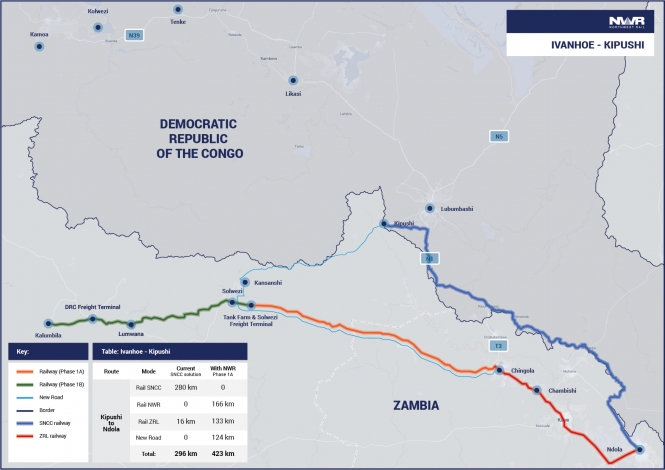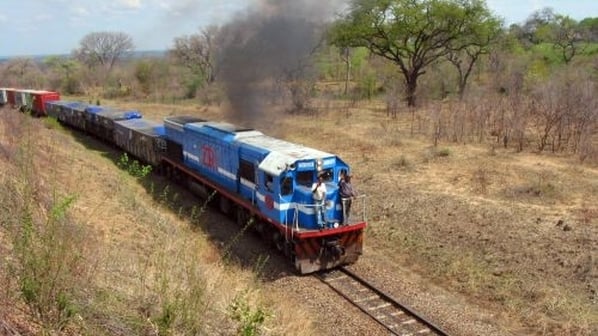Phase 1A will run from Chingola to Solwezi, Phase-1B from Solwezi to Kalumbila and Phase 2 from Kalumbila to the Angola border.
The partnership will develop a Bankability Feasibility Study (BFS) for Phase 1A, which is scheduled to be completed in the first quarter of 2021. The study will include a land survey and will also examine the required land acquisition process.
The project will support Zambia’s aim to move more than 30% of freight from road to rail, running near the Democratic Republic of the Congo border and connecting with the 1067mm-gauge Benguela railway through Angola.

Phase 1A involves the construction of the first 166km section, which will link the existing north-south rail corridor at Chingola to the new Solwezi freight terminal. The line will also connect with the recently upgraded D-271 road to Kipushi on the Democratic Republic of the Congo border, creating a new export corridor for Katanga mining production.
Once completed, the line is expected to unlock economic growth and open new export revenue opportunities in Zambia’s Copperbelt Province and the wider northwest region known for its mining and agricultural exports.
“The new rail corridor will provide miners and others with a reliable railway solution,” says NWR chairman, Mr Enoch Kavindele. “Our project is fully aligned with the Zambian government initiative to move over 30% of heavy freight in the country by rail, thereby reducing the amount of heavy freight on public roads.”
Following the completion of the feasibility study, Smart Operations will lead and execute Phase 1A of the project, together with selected partners. The company is set to deliver a holistic solution which includes supplying advanced control and maintenance systems, constructing the line and supplying locomotives and wagons.
Zambia’s president Mr Edgar Lungu gave his support to the line when he came to office in 2015.
For detailed data on rail projects in Africa and around the world, subscribe to IRJ Pro.

